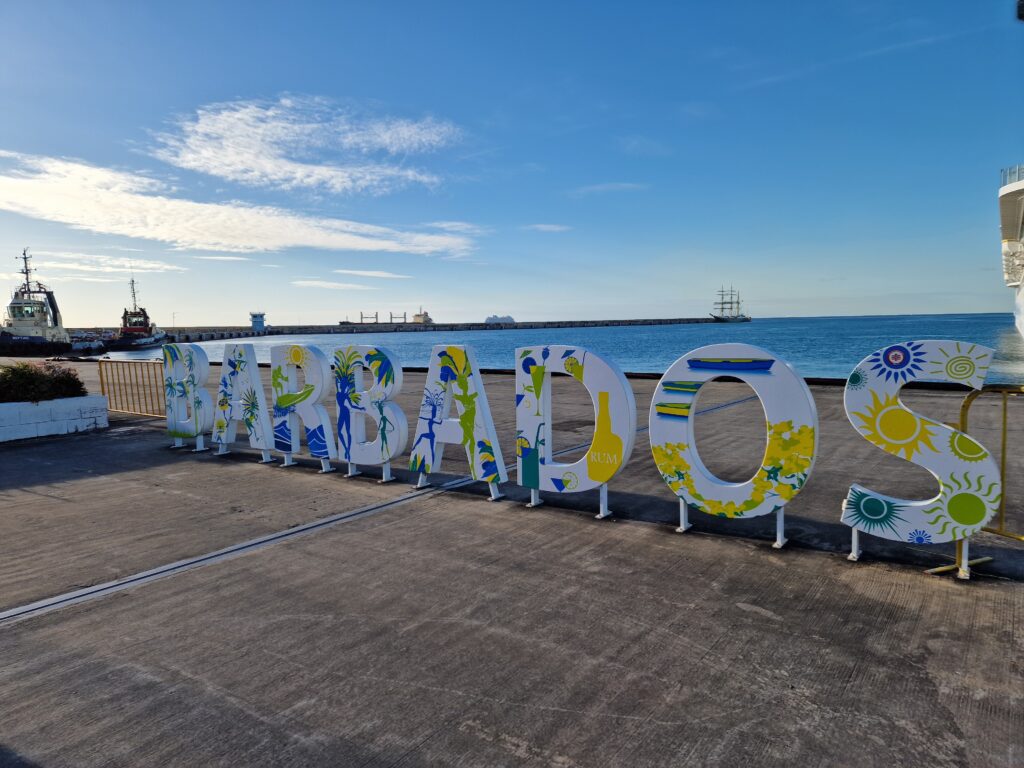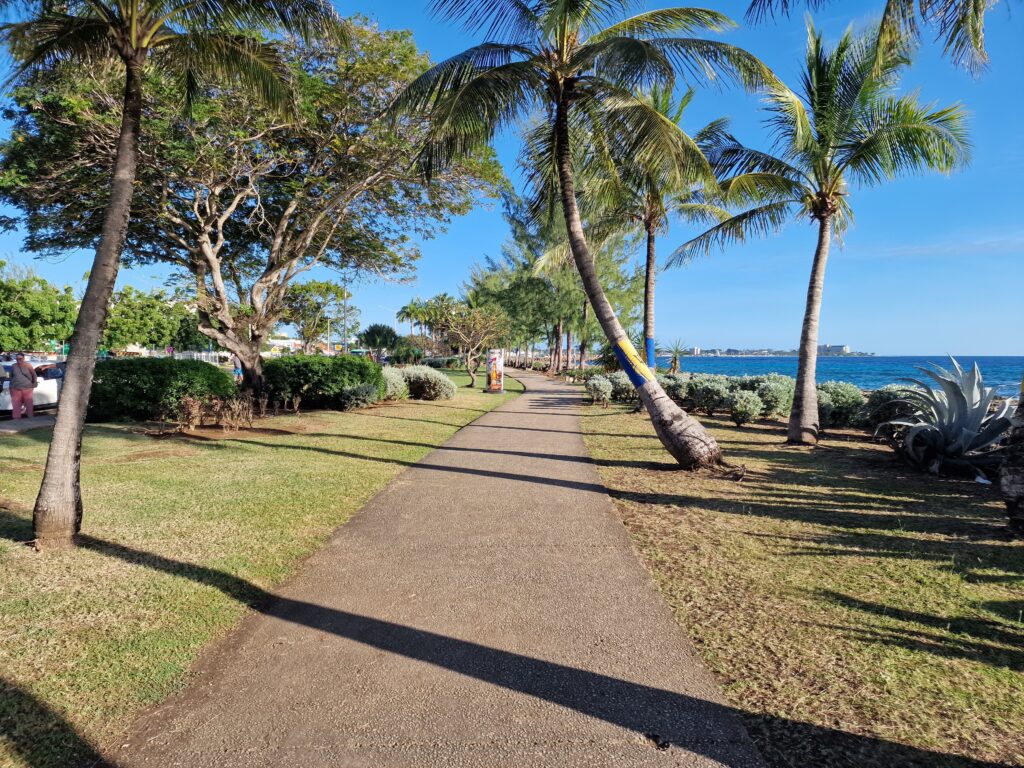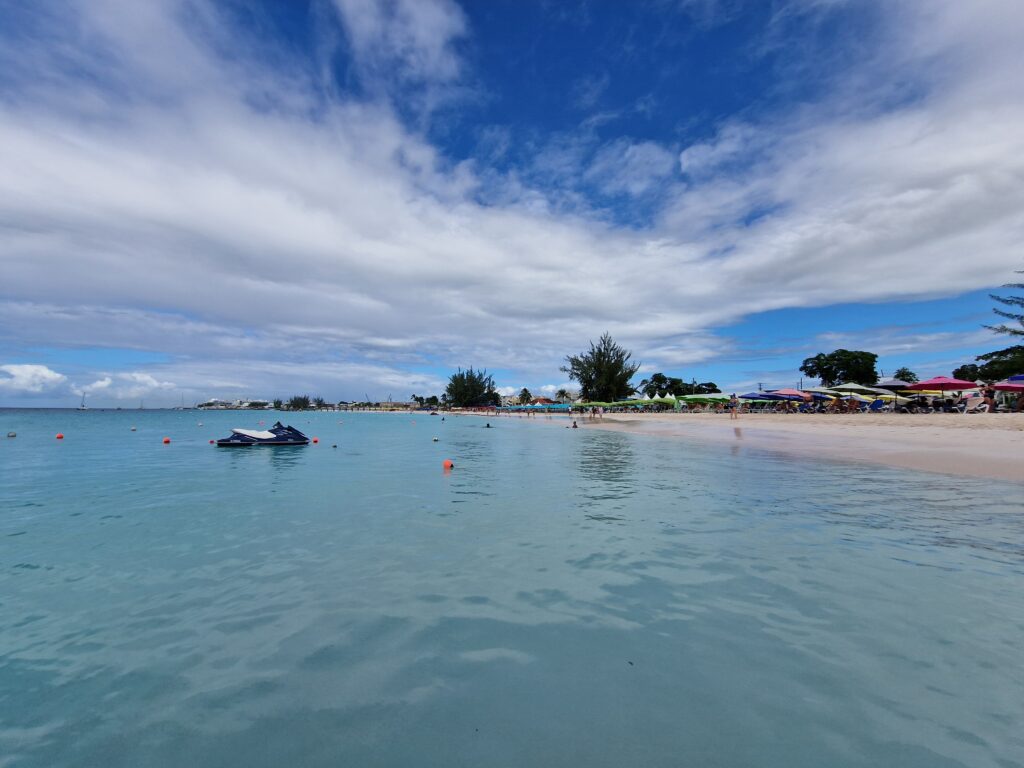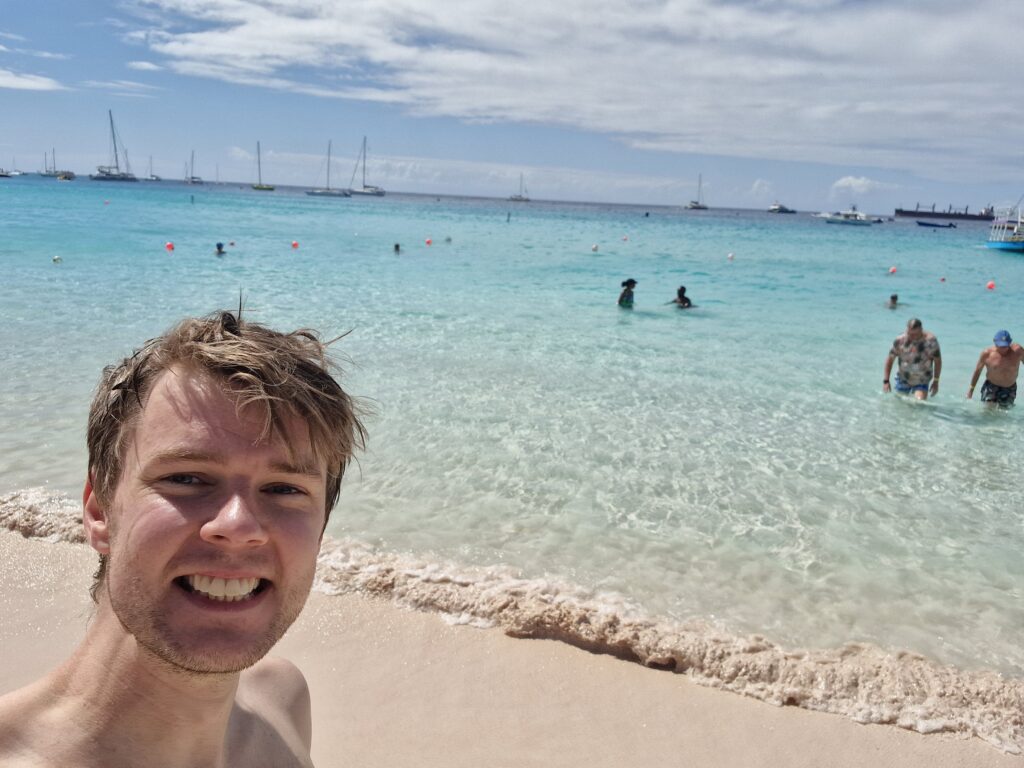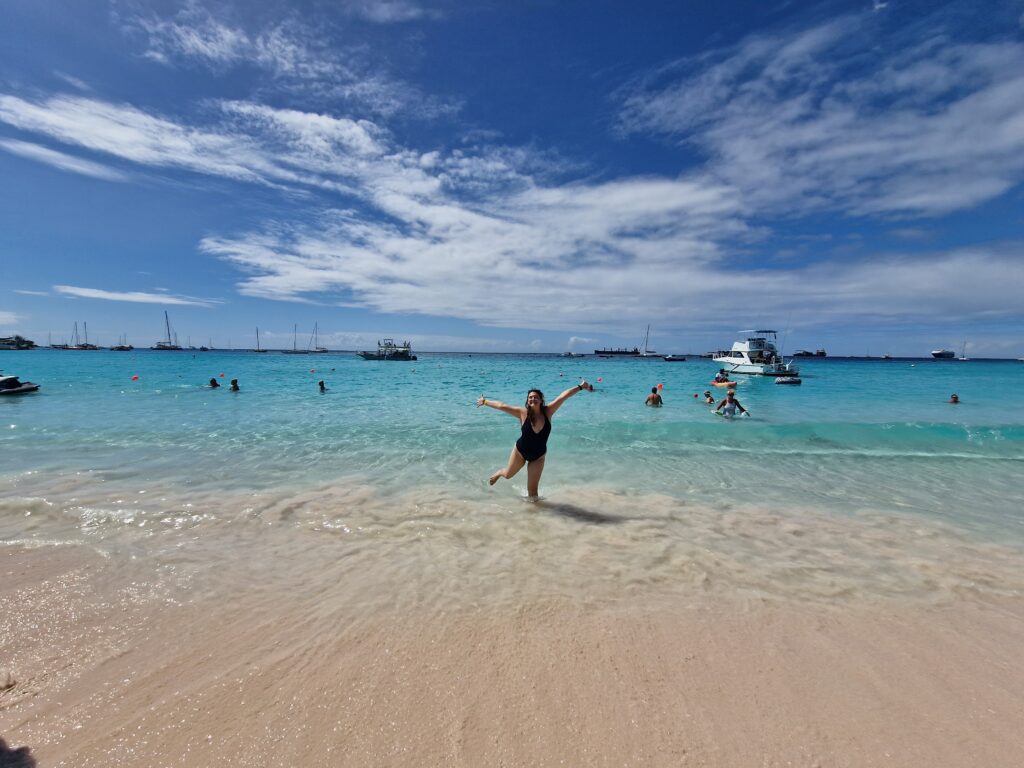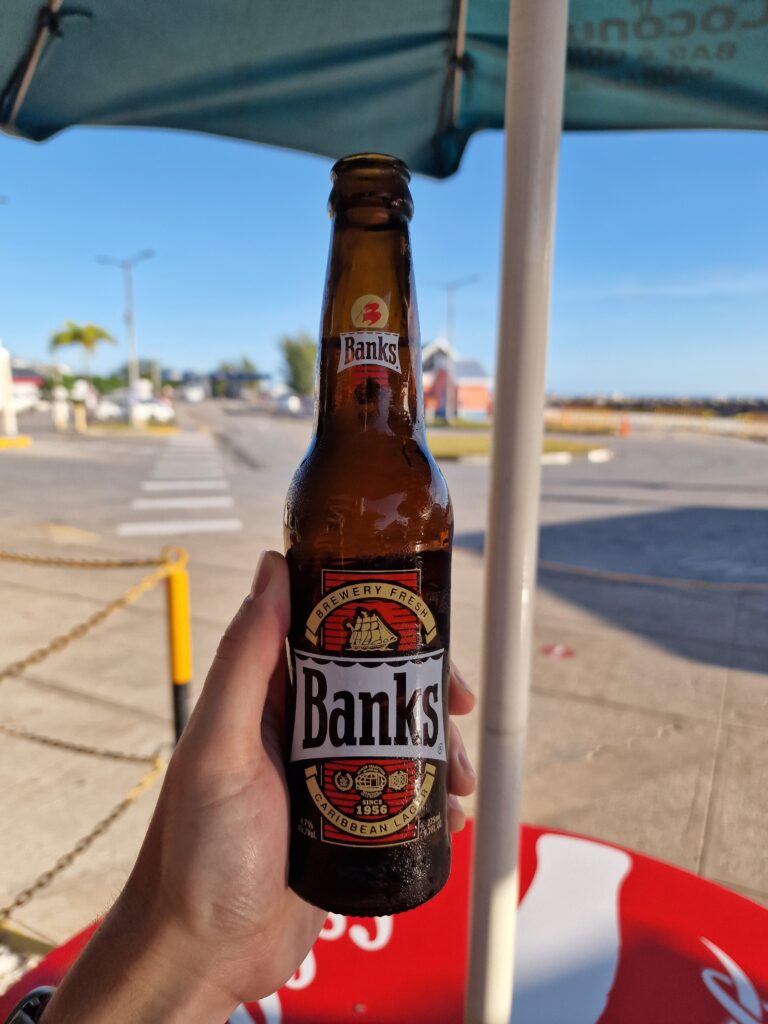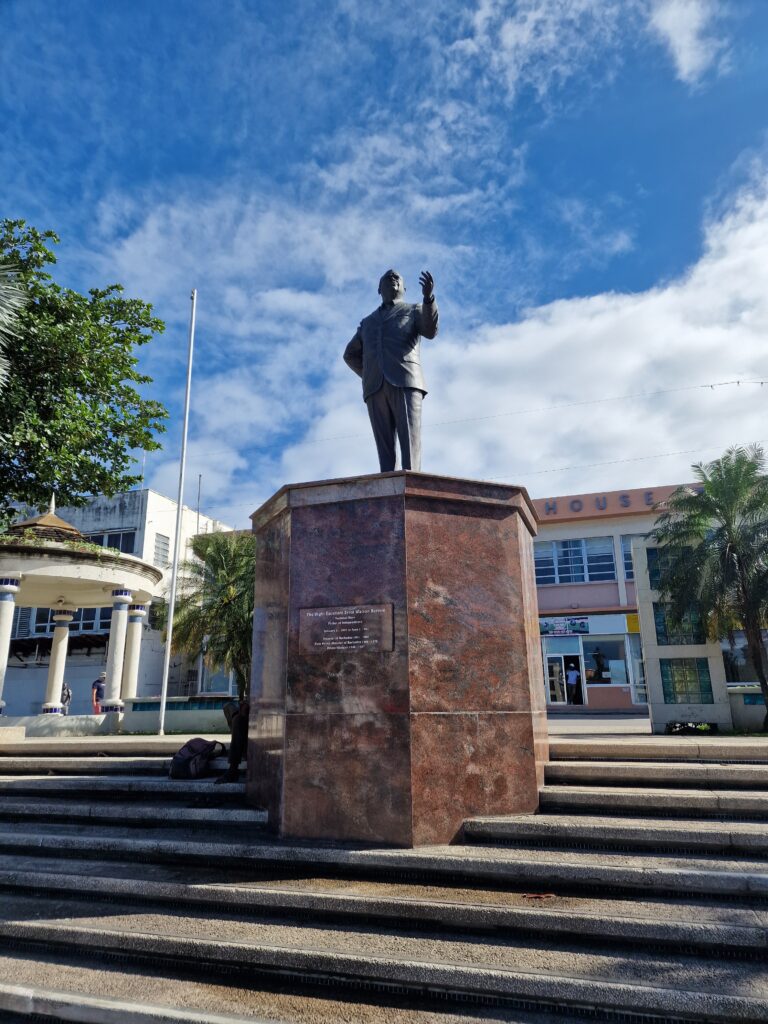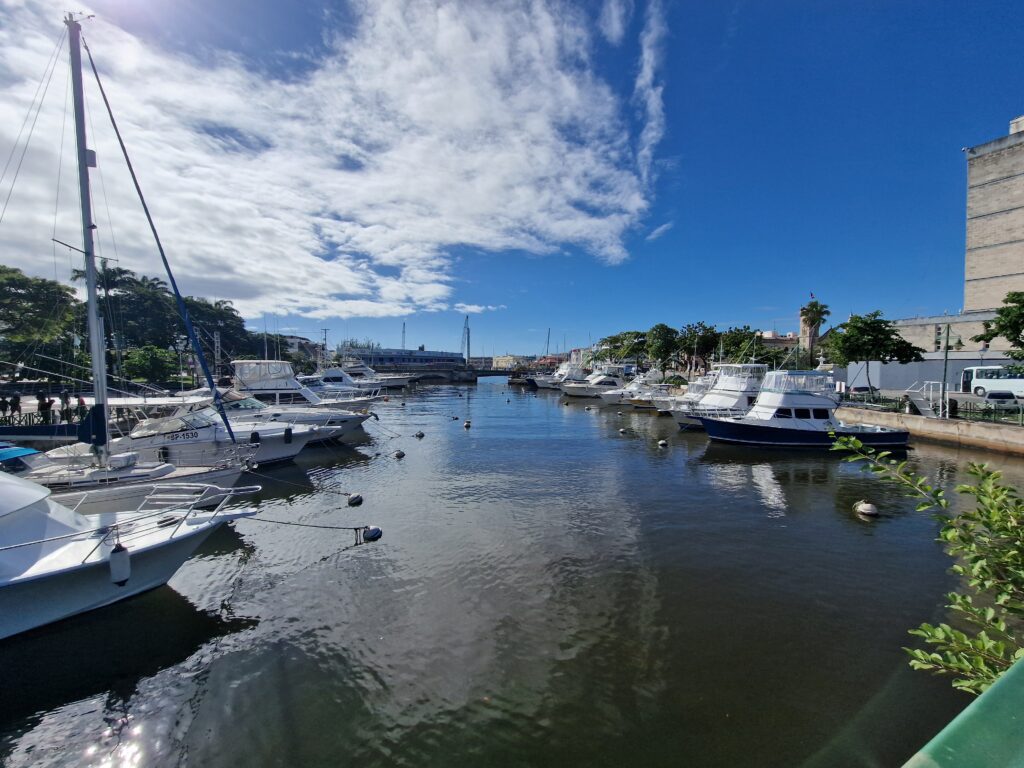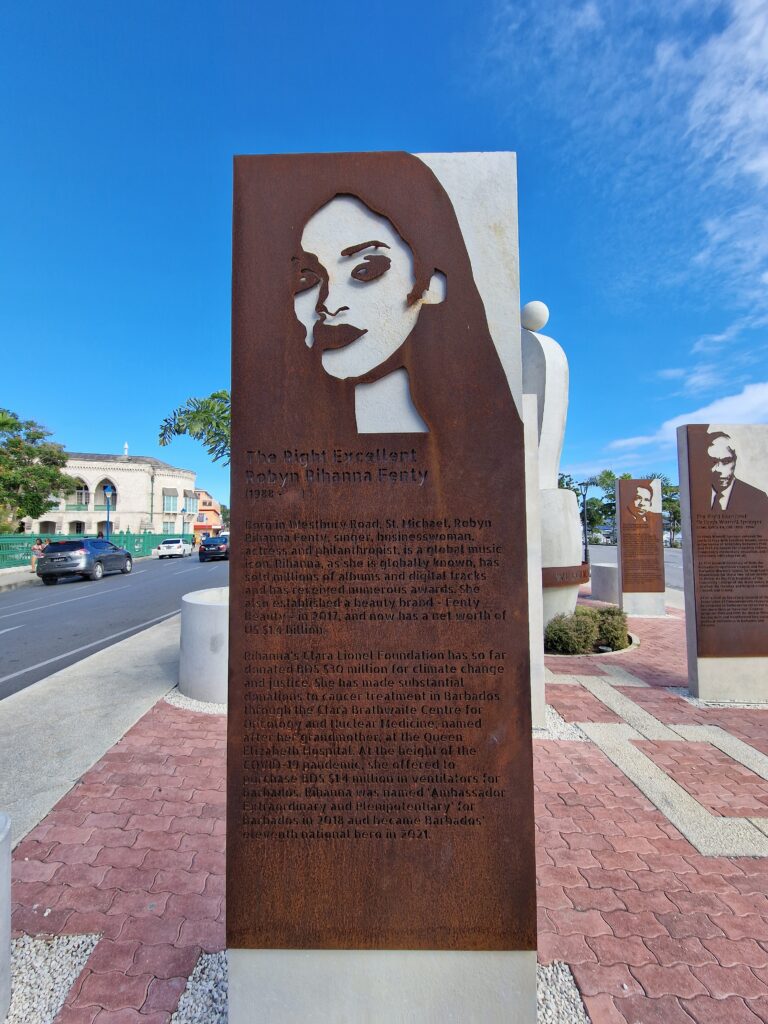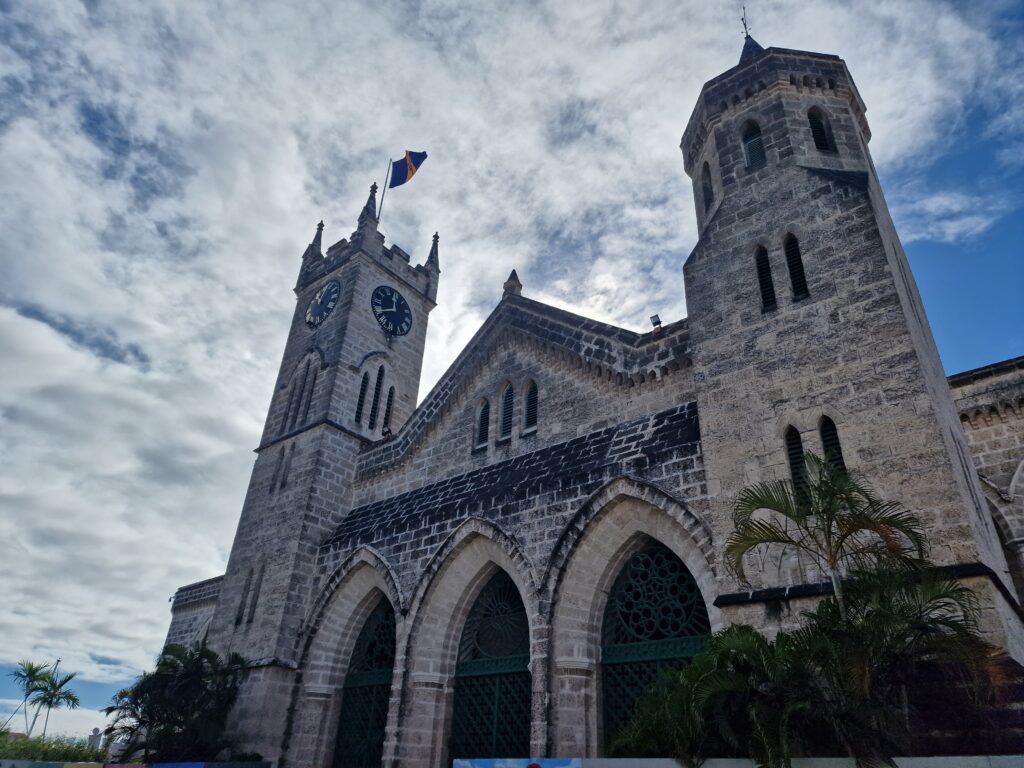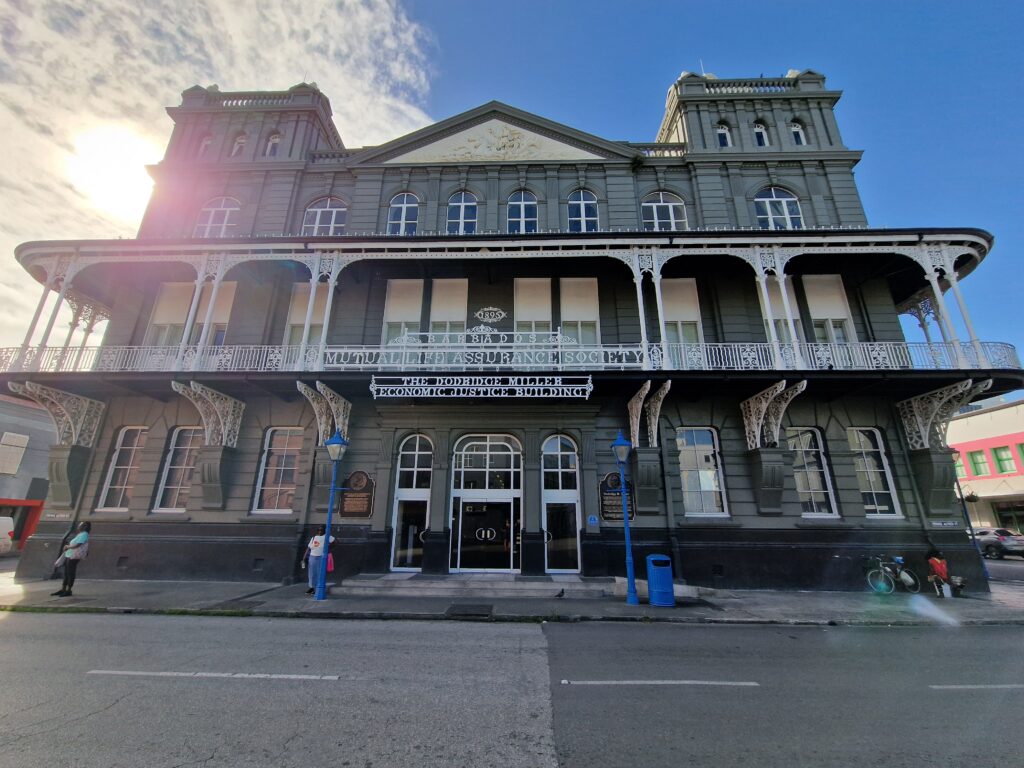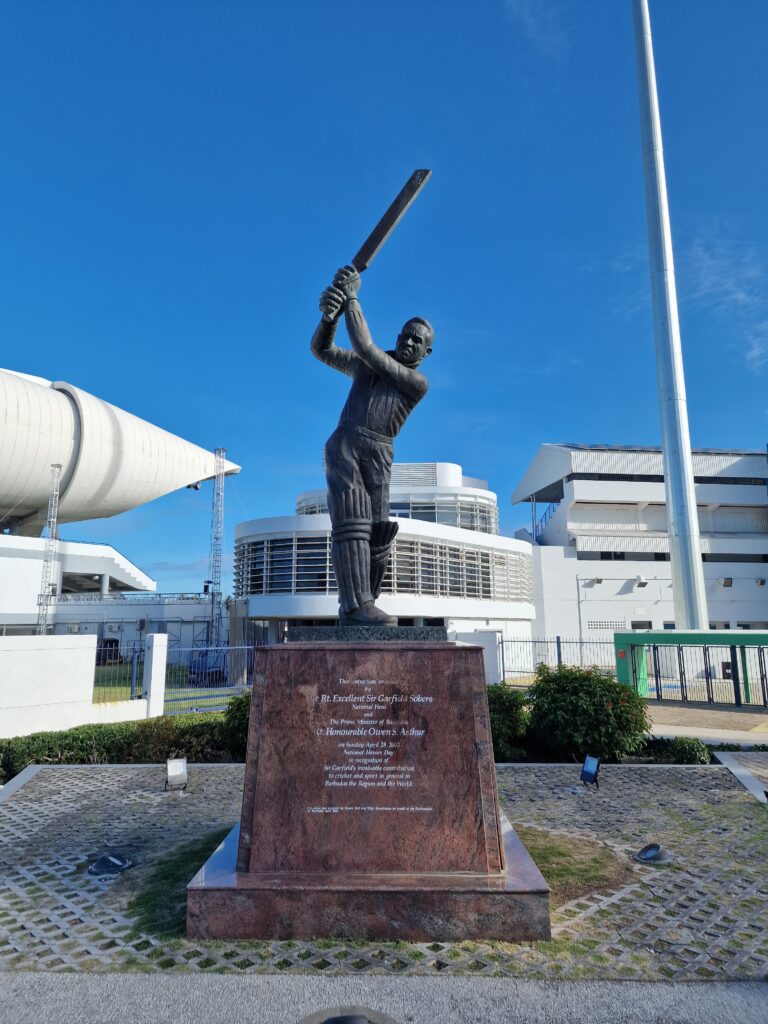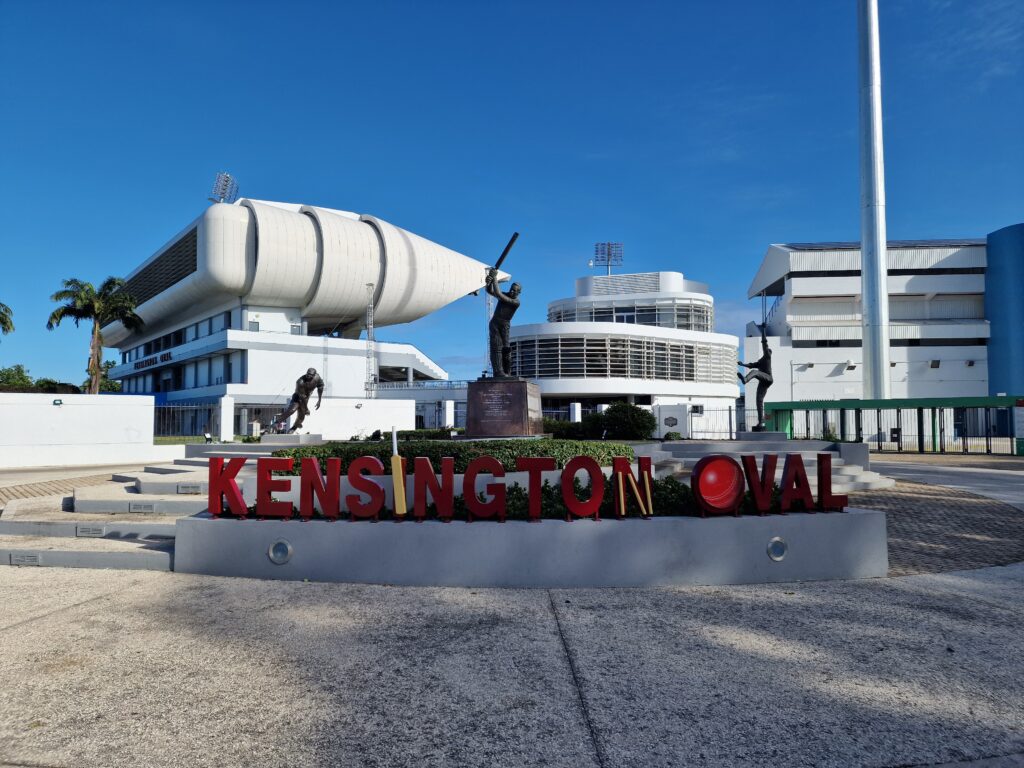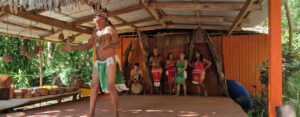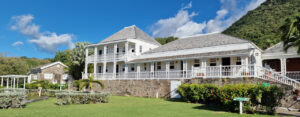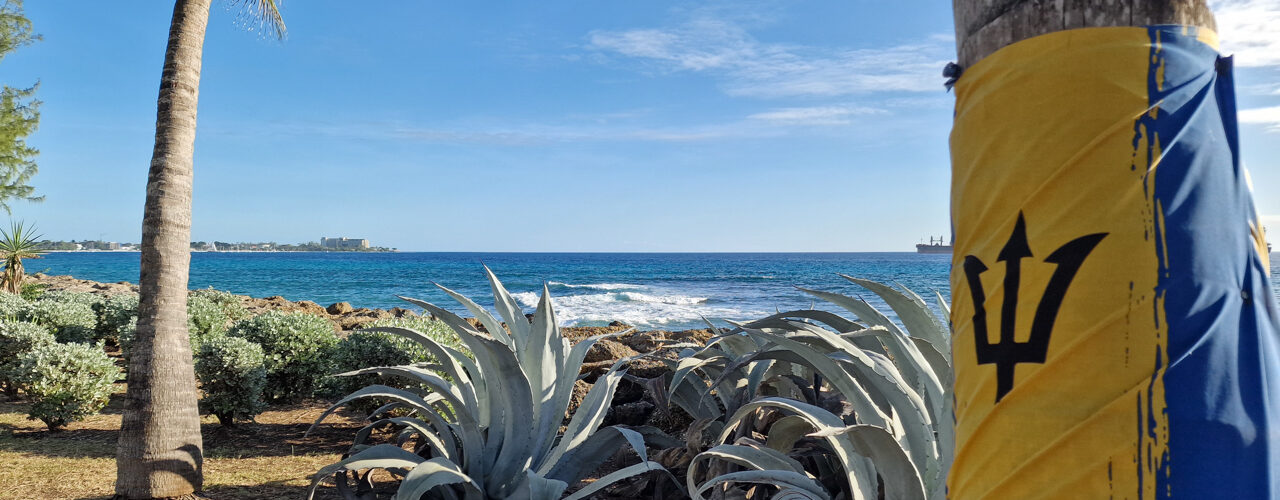
Rih-lentless Rih-laxation
After a whirlwind week exploring the southern reaches of the Caribbean, we found ourselves back in Bridgetown, Barbados—our basecamp, if you will, and not at all an unpleasant place to pause while a fresh influx of pale, enthusiastic British cruisers replaced those departing. Bridgetown is famously the only city outside the modern-day U.S. graced by a young George Washington—though the locals seem slightly prouder of producing Rihanna. Interestingly, it’s also one of the rare Caribbean islands where European ‘colonisers’ didn’t eliminate the indigenous population, simply because they’d already fled following an earlier Kalinago invasion. Today, it thrives as one of the region’s tourism heavyweights, and we were more than ready to investigate precisely what kept visitors flocking here, besides sunshine and tax avoidance, of course.
In our limited experience thus far, the Caribbean’s cruise-port cities—the islands’ bustling capitals—aren’t exactly postcard material; they’re often busy, gritty, and best enjoyed as a gateway to somewhere else. Bridgetown, however, breaks this mould rather beautifully, boasting a stretch of pristine white sand and clear turquoise water right at its doorstep. Known as Pebbles Beach—despite a conspicuous absence of pebbles—it was a natural first stop. Of course, being so conveniently placed, it also became everyone else’s first stop, turning what should’ve been a relaxed stroll and swim into something resembling rush-hour on the Underground, albeit fresher and with fewer needles. But given the gently lapping Caribbean waves and the pleasant absence of puddles of urine, it was a trade-off we were happy to accept.
Fully committing ourselves to the tourist cause, we hopped aboard one of the many boats shuttling visitors out into the bay’s best snorkelling spots, all conveniently just a short paddle from the beach. Though the boat was packed and our elderly group resembled an awkward tangle of flippers and goggles at first, once in the pleasantly warm water, the chaos instantly gave way to calm. Below the surface, sunken ships lay scattered across the sandy seabed, their rusting hulls now homes for thousands of fish who didn’t seem overly bothered by our intrusion. Contrary to expectations—given how alarmingly close we still were to shore—the marine life was dazzlingly varied: colourful damselfish darted around the wreckage, sleek bar jacks zipped past without concern, and a lurking barracuda eyed us indifferently from a safe distance. The highlight, though, was a pair of southern stingrays—mother and child—elegantly gliding together like a pair of serene underwater pancakes.
The rest of the morning drifted by in a lazy blur of complimentary cocktails and local lagers as we basked, drank, and read in unadulterated hedonism. The only real interruptions came courtesy of cheerful vendors enthusiastically hawking enormous, questionably hand-carved, wooden parrots that would do wonders for obliterating our weight allowance on the return journey. Despite our temptation to linger permanently in this indulgent paradise, by mid-afternoon a nagging sense of cultural guilt emerged, and we reluctantly dragged ourselves away in search of something more edifying.
This culture fix arrived courtesy of a leisurely walk through Bridgetown’s historic streets, taking in notable landmarks and, of course, paying homage at a shrine to the island’s most celebrated export: Ms Fenty herself. An unofficial patron saint, but an official ‘National Hero’, Rihanna’s philanthropy on the island is legendary, including enormous donations to climate change causes, cancer treatments, and even $1.4 million in ventilator purchases during COVID-19. Alongside and dominating the city’s modest skyline were the impressive UNESCO-listed Parliament Buildings, whose imposing facades of creamy coral stone have echoed with political debates since the 1870s. Their neo-gothic arches, spires, and intricately carved windows conveyed Victorian England, though the swaying palms and occasional strains of distant calypso music added an unmistakable local flair, firmly reminding us we were nowhere near Westminster, thank God.
While Christianity may still top the census charts with over 75% of the population actively practising, Barbados’s most prevalent religion is unquestionably cricket, which enjoys close to 100% devotion. The island is the proud heart of West Indies cricket, and the Kensington Oval—one of the oldest and most picturesque stadiums in the world—is its cathedral. Although closed during our visit, we managed to peer through the fence like reverent pilgrims, catching a glimpse of the legendary turf graced by the likes of Brian Lara, Sir Viv Richards, Sir Garfield Sobers, and Sir Curtly Ambrose (more knighthoods than a jousting convention). All this cultural enrichment had, quite understandably, left us parched. We returned to the ship in search of something cold, ready to begin week two. Not farewell to Barbados just yet, though—we’d be back in seven days, this time heading beyond Bridgetown to see what the rest of the island had in store. But until then, on to Sint Maarten.
J
